The Future of the Outer Banks NC: A Look into the Future
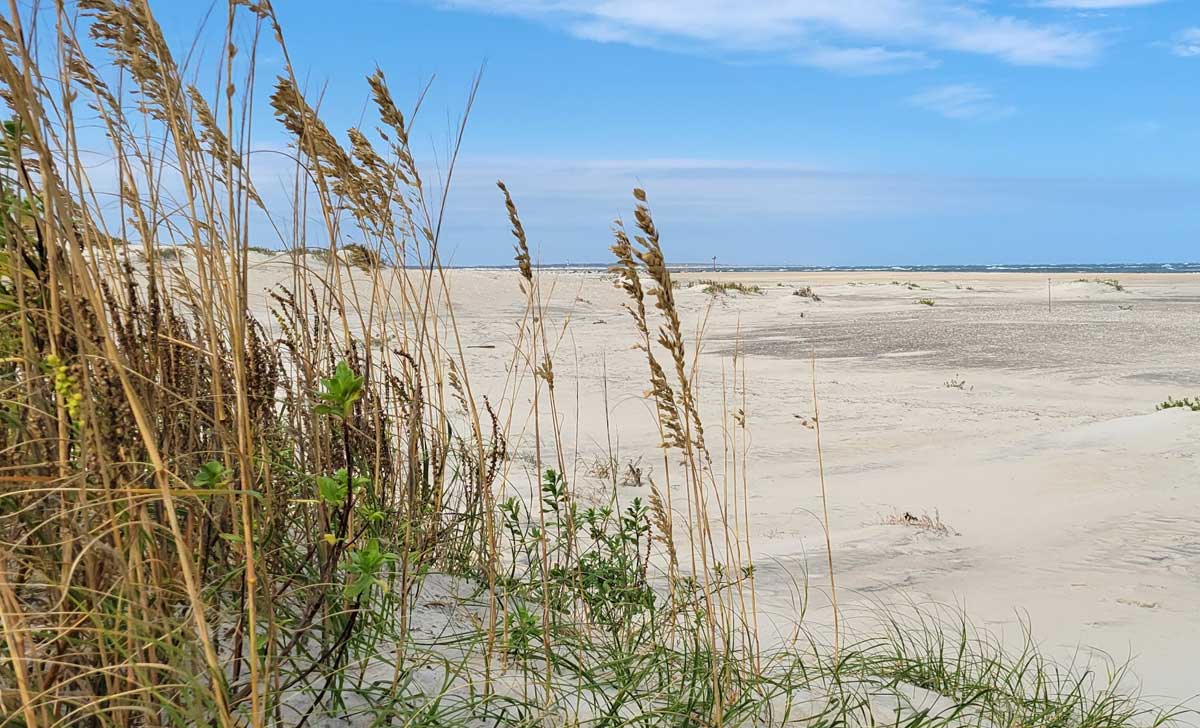
The Outer Banks, a fragile ribbon of islands stretching along the North Carolina coast, are renowned for their unique geological formation and socio-economic relevance.
These sandy spits are not only a hub for tourism but also an intriguing subject for geologists and environmentalists alike. This article aims to unravel the Outer Banks' future complexities, considering geological evolution and human influence.

Geological History of the Outer Banks
Formed over thousands of years, the Outer Banks are a product of wind-driven processes and oceanic forces (Smith & Riggs, 2003). Their ever-shifting sands and undulating dunes have seen constant reshaping, driven by the Atlantic’s relentless currents.
- Formation and Characteristics: Emerging from underwater shoals, the Banks have become a complex system of barrier islands. The interaction between sea levels and sediment supply has shaped these features (Zaremba et al., 2001).
- Winds, Waves, and Currents: Winds and currents are vital in modifying the Banks' landscape, transporting sediments, and forming new landforms (Fisher, 1997).
- Historical Changes: Over time, several significant shifts have occurred, such as the infamous inlet breaches during hurricanes, underscoring the area's dynamic nature.
Human Impact
Human activities have both shaped and threatened the delicate balance of the Outer Banks.
- Development: The growth of tourism and consequent construction have altered the natural topography, sometimes leading to increased erosion (Cooper & Pilkey, 2004).
- Coastal Engineering: Efforts like beach nourishment have been used to protect the islands, but their long-term effectiveness remains controversial (Peterson et al., 2010). More on beach nourishment further down in this post.
- Regulations and Policies: Surrounding coastal management have often clashed with local interests, posing challenges to both conservation and development.

{source: climate.gov}
Climate Change and Environmental Challenges
Global climatic changes further complicate the Banks' future.
- Sea-level rise predictions show a potential 1-2 meter rise by 2100, which could dramatically reshape the Outer Banks (Church et al., 2013).
- Ecosystem impact changes could adversely affect native species and the complex interplay of marine and terrestrial ecosystems (O'Connell & Sayre, 2019).
- The potential loss of beaches and increased storm activity could harm the region’s tourism-dependent economy.
Potential Future Scenarios
The path ahead for the Outer Banks is multifaceted, requiring a nuanced understanding of geological, ecological, and societal elements.
- Human Intervention Outcomes: Ongoing human activities may lead to unforeseen consequences, necessitating adaptive strategies.
- Natural Evolution: Understanding the natural trajectory of the Outer Banks requires long-term observations and can provide insights into preserving the region's geological integrity.
- Sustainable Growth: Striking a balance between preserving the natural landscape and supporting economic growth is a complex but essential task (Rogers, 2016).
Beach Nourishment
Beach nourishment is pumping or trucking in sand from elsewhere to restore an eroded beach. In the Outer Banks, a region characterized by its dynamic barrier islands, beach nourishment has been implemented as a mitigation strategy for coastal erosion. Here, we delve into the pros and cons of this practice within the context of the Outer Banks.
Pros of Beach Nourishment
- Erosion Control: Beach nourishment replenishes eroded sand, protecting against storm surges and high waves. It protects properties and infrastructures from coastal hazards.
- Tourism Enhancement: The Outer Banks is a popular tourist destination, and wide, sandy beaches are a major draw. Beach nourishment maintains the aesthetic appeal, supporting the local economy.
- Environmental Flexibility: Unlike hard structures like seawalls, nourishment doesn't permanently alter the coastal environment. It offers some adaptability in response to changing conditions.
- Recreational Opportunities: Restored beaches provide more space for recreational activities, enhancing the visitor experience and offering potential increases in tourism revenue.
- Habitat Restoration: In some cases, nourishment can restore habitats for nesting sea turtles and shorebirds if done with ecological sensitivity.
Cons of Beach Nourishment
- High Cost: Beach nourishment is expensive. Regular maintenance is often required, leading to ongoing financial burdens for local governments and taxpayers in the Outer Banks.
- Temporary Solution: The newly deposited sand is subject to the same erosive forces, so nourishment must be repeated periodically. Without addressing the underlying causes of erosion, it remains a temporary fix.
- Potential Environmental Impact: Incorrectly implemented nourishment can bury existing habitats and disrupt marine ecosystems. Sand quality and composition must be carefully matched to minimize negative effects.
- Complex Implementation: Successful beach nourishment requires careful planning, engineering, and monitoring. The sourcing of appropriate sand and the timing of nourishment can be complex and time-consuming.
- Potential Impact on Nearby Beaches: The extraction of sand from other areas for nourishment may lead to erosion problems elsewhere, causing a ripple effect along the coast.
Beach nourishment in the Outer Banks presents a multifaceted solution to the ever-present problem of coastal erosion. While it offers immediate protection and maintains the region's touristic appeal, it raises economic and environmental concerns that cannot be overlooked.
The decision to pursue beach nourishment must be made with a comprehensive understanding of these trade-offs. Collaboration among geologists, engineers, environmentalists, local communities, and policymakers will be essential in designing nourishment projects aligning with the Outer Banks' long-term vision. Understanding cases like Gold Coast, Australia's nourishment programs can offer insights into best practices and potential pitfalls.
In the delicate balance of the Outer Banks, where natural beauty meets human interest, beach nourishment is a complex but potentially valuable tool in the broader context of coastal management and preservation.
Case Studies
Five case studies, each offering lessons that apply to the unique context of the Outer Banks:
1. Galveston Island, Texas: Seawall Construction
After the devastating 1900 hurricane, Galveston built a massive seawall to protect against future storms.
- Ties to Outer Banks: Similar to the Outer Banks, Galveston is a barrier island facing hurricane threats. The efficacy and environmental impact of such seawalls could inform protective measures for the Outer Banks, balancing safety and ecological preservation.
2. The Netherlands: Integrated Coastal Management
Renowned for innovative flood defense systems, the Netherlands has employed integrated coastal zone management, combining engineering with natural approaches.
- Ties to Outer Banks: This integrated approach may offer solutions for the Outer Banks in managing erosion and flooding while considering economic, social, and ecological factors.
3. Maldives: Coral Reef Protection and Restoration
Facing rising sea levels, the Maldives has prioritized coral reef restoration to act as a natural barrier and sustain marine life.
- Ties to Outer Banks: Although different in geography, the emphasis on preserving natural defenses can inspire strategies for the Outer Banks to protect its unique marine and terrestrial ecosystems.
4. Louisiana's Coastal Wetlands: Restoration Initiatives
Louisiana has implemented large-scale wetland restoration to combat coastal land loss, using techniques such as sediment diversion.
- Ties to Outer Banks: The Outer Banks could adopt similar restoration techniques to strengthen its resilience against erosion and enhance its rich wetland ecosystems.
5. Gold Coast, Australia: Beach Nourishment Programs
Australia's Gold Coast has conducted extensive beach nourishment, pumping sand to replenish eroding shores.
- Ties to Outer Banks: As a tourism-dependent coastal region, the Outer Banks may draw insights from the Gold Coast's nourishment strategies, evaluating their long-term impact on both tourism and the environment.
Each case study provides valuable insights and lessons that could be adapted to the Outer Banks' unique challenges and opportunities. By examining diverse approaches to coastal management, erosion control, ecological restoration, and community engagement, stakeholders in the Outer Banks can formulate a comprehensive, sustainable strategy for the region's future.
Recommendations and Strategies
- Comprehensive Planning: Future planning must consider integrating geological insights, local interests, and adaptive measures.
- Collaboration: Effective collaboration between all stakeholders can facilitate informed decision-making.
- Monitoring: Ongoing monitoring of geological and ecological shifts is vital for responsive action.
FAQ: The Future of the Outer Banks
-
What causes the Outer Banks to constantly change shape?
The shape of the Outer Banks is primarily influenced by wind, waves, and currents. The dynamic interaction of these forces with the sandy soils leads to continuous erosion and deposition, reshaping the islands over time (Fisher, 1997). -
How is climate change expected to impact the Outer Banks?
Climate change may significantly alter the Outer Banks through sea-level rise, increased storm intensity, and shifts in local ecosystems. Predictions of a 1-2 meter sea-level rise by 2100 could lead to profound changes in the area's geography (Church et al., 2013). -
What has been done to prevent erosion on the Outer Banks?
Efforts to prevent erosion include beach nourishment, construction of groins and seawalls, and regulations controlling development. While these interventions can provide temporary relief, their long-term effectiveness remains debated among scientists and policymakers (Peterson et al., 2010). -
How does human activity contribute to the challenges facing the Outer Banks?
Human activities such as construction, tourism development, and coastal engineering alter the natural landscape, potentially increasing erosion and disrupting ecological balance. Conflicts between conservation efforts and local interests add to these challenges (Cooper & Pilkey, 2004). -
Are there examples of sustainable development on the Outer Banks?
Some initiatives strive for sustainability, including conservation zoning, habitat restoration, and community engagement. Collaboration among government, scientists, and locals can foster sustainable growth (Rogers, 2016). -
How can I get involved in protecting the Outer Banks?
Engaging with local conservation groups, participating in community meetings, and supporting responsible tourism practices can make a positive impact. Staying informed and advocating for informed decision-making can also contribute to protection efforts. -
What species might be affected by changes in the Outer Banks?
Changes in the Outer Banks may impact many species, including migratory birds, marine mammals, and fish and shellfish. Alterations in habitat and food availability can have cascading effects on the entire ecosystem (O'Connell & Sayre, 2019). -
What can we learn from other coastal areas facing similar challenges?
Studying similar coastal regions, like Cape Cod, provides insights into erosion management, community engagement, and balanced growth. These case studies can guide adaptive strategies and long-term planning for the Outer Banks (Giese et al., 2009). -
Is there a way to predict future changes in the Outer Banks?
Predicting the precise future of the Outer Banks is challenging due to the complex interplay of natural and human-induced factors. However, long-term monitoring, adaptive management, and scenario planning can help anticipate and respond to potential changes. -
What is the cultural and historical significance of the Outer Banks?
The Outer Banks hold a rich cultural heritage, including Native American history, maritime traditions, and historic landmarks like the Wright Brothers Memorial. The interweaving of culture, history, and natural beauty adds to the region's significance and the importance of its preservation.
These questions encapsulate some of the most common inquiries about the future of the Outer Banks, touching on its geological uniqueness, human influence, and the intricate balance that must be struck to ensure its preservation and vitality.
Explore, Preserve, and Engage: The Vibrant Future of the Outer Banks
The Outer Banks, North Carolina's coastal gem, offers a unique blend of natural beauty, geological intrigue, and cultural richness. From the dynamic dunes shaped by the Atlantic's relentless waves to the precious habitats hosting diverse flora and fauna, the Outer Banks is a living testament to Earth's ever-changing landscapes.
Explore
- Discover the wonders of barrier islands, sandy beaches, and maritime forests. Whether you're a curious traveler, an avid bird-watcher, or a geology enthusiast, the Outer Banks invites you to explore its multifaceted environment. Unearth the history that shaped this region and the science that continues to mold its future.
Preserve
- Conservation is at the heart of ensuring the Outer Banks' vitality. Embrace the sustainable practices that protect this fragile ecosystem, support local initiatives, and learn about the delicate balance between human activity and natural processes. Your actions today contribute to preserving this coastal treasure for generations to come.
Engage
- Become a part of the vibrant community that cherishes and nurtures the Outer Banks. Engage with local organizations, contribute to scientific research, and participate in responsible tourism. Your involvement shapes the future of the Outer Banks, fostering a harmonious blend of growth, discovery, and preservation.
The future of the Outer Banks is a shared responsibility, a collective journey that intertwines exploration, conservation, and community engagement. Let's embrace this unique coastal landscape, understand its geological marvels, protect its ecological integrity, and celebrate its cultural heritage. Together, we can ensure a thriving and sustainable future for the beloved Outer Banks.
Conclusion
The Outer Banks' future is a rich tapestry of geological marvels, human endeavors, and environmental sensitivities. The lessons drawn from this investigation highlight the importance of balanced and informed approaches, ensuring the preservation and vitality of this remarkable coastal region.
Additional Resources and References
- Smith & Riggs, 2003: “Coastal Sediment Processes”
- Zaremba et al., 2001: “Barrier Island Formation Studies”
- Fisher, 1997: “The Dynamics of Coastal Landforms”
- Cooper & Pilkey, 2004: “The Battle against Shoreline Erosion”
- Peterson et al., 2010: “Beach Nourishment Impact Assessment”
- Church et al., 2013: “Sea-Level Rise Projections”
- O'Connell & Sayre, 2019: “Ecological Consequences of Climate Change in the Outer Banks”
- Rogers, 2016: “Sustainable Coastal Management”
- Giese et al., 2009: “Lessons from Cape Cod Erosion”

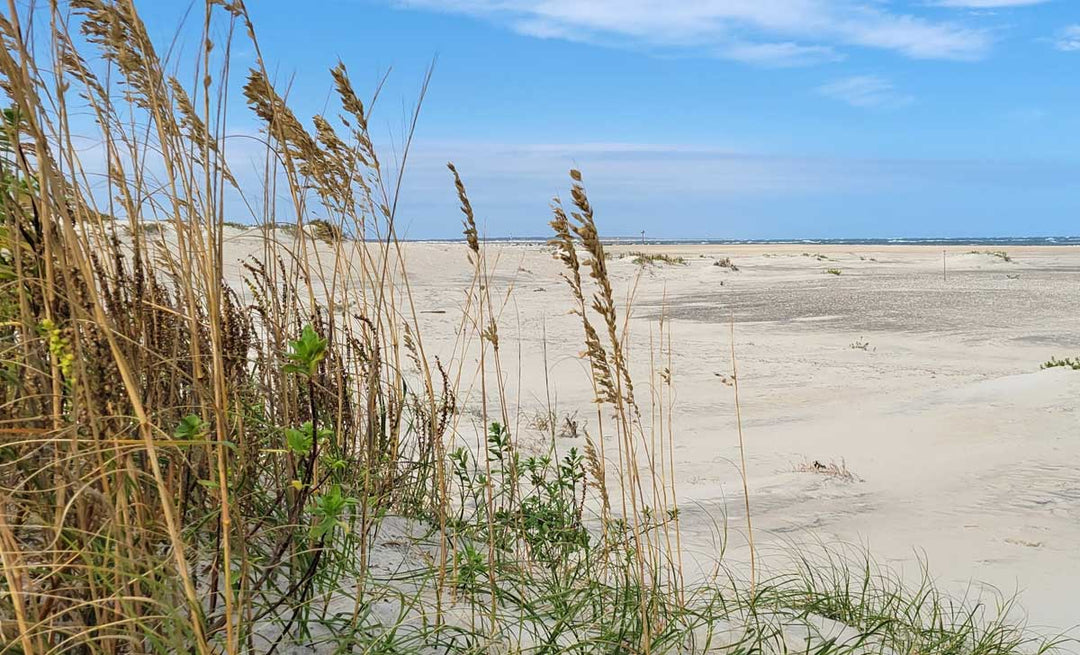
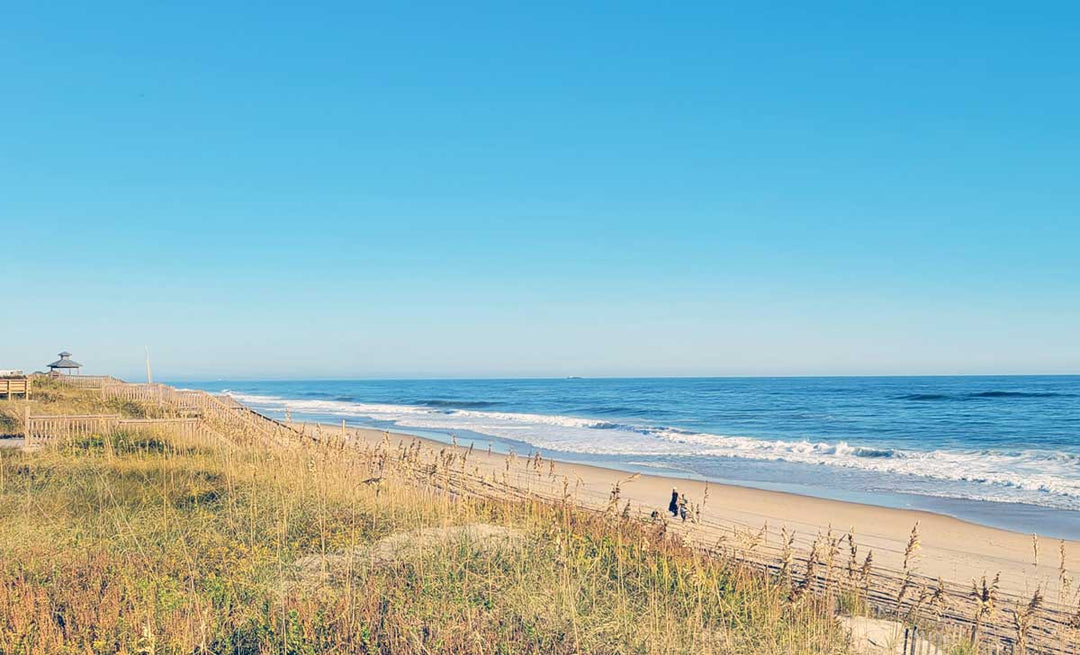
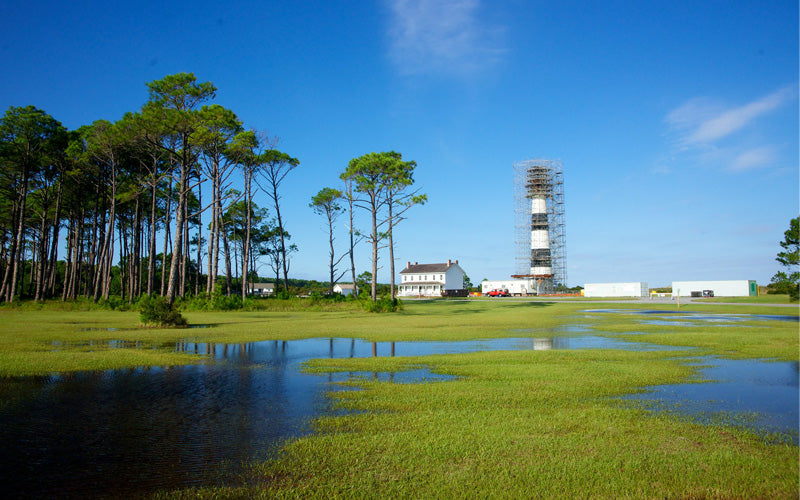
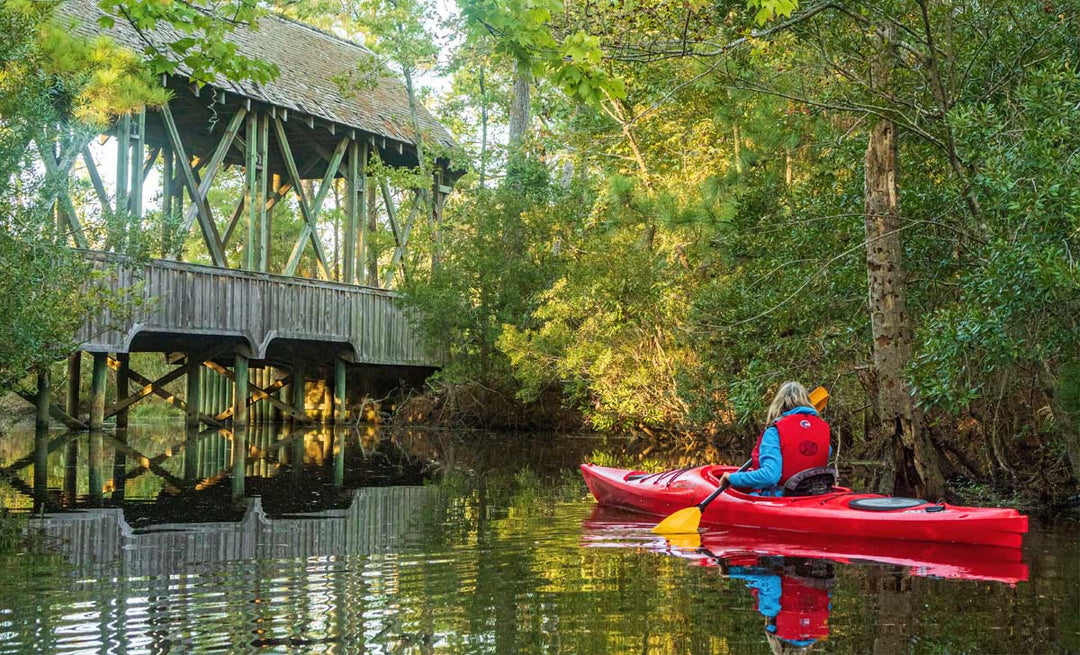
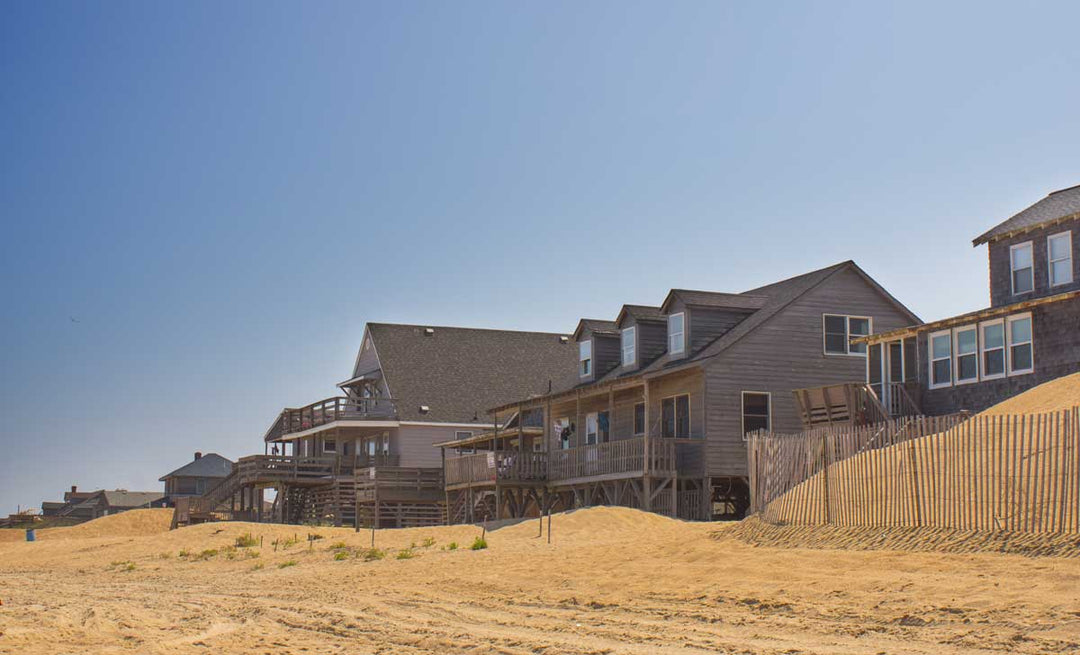
Leave a comment